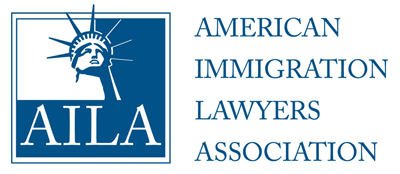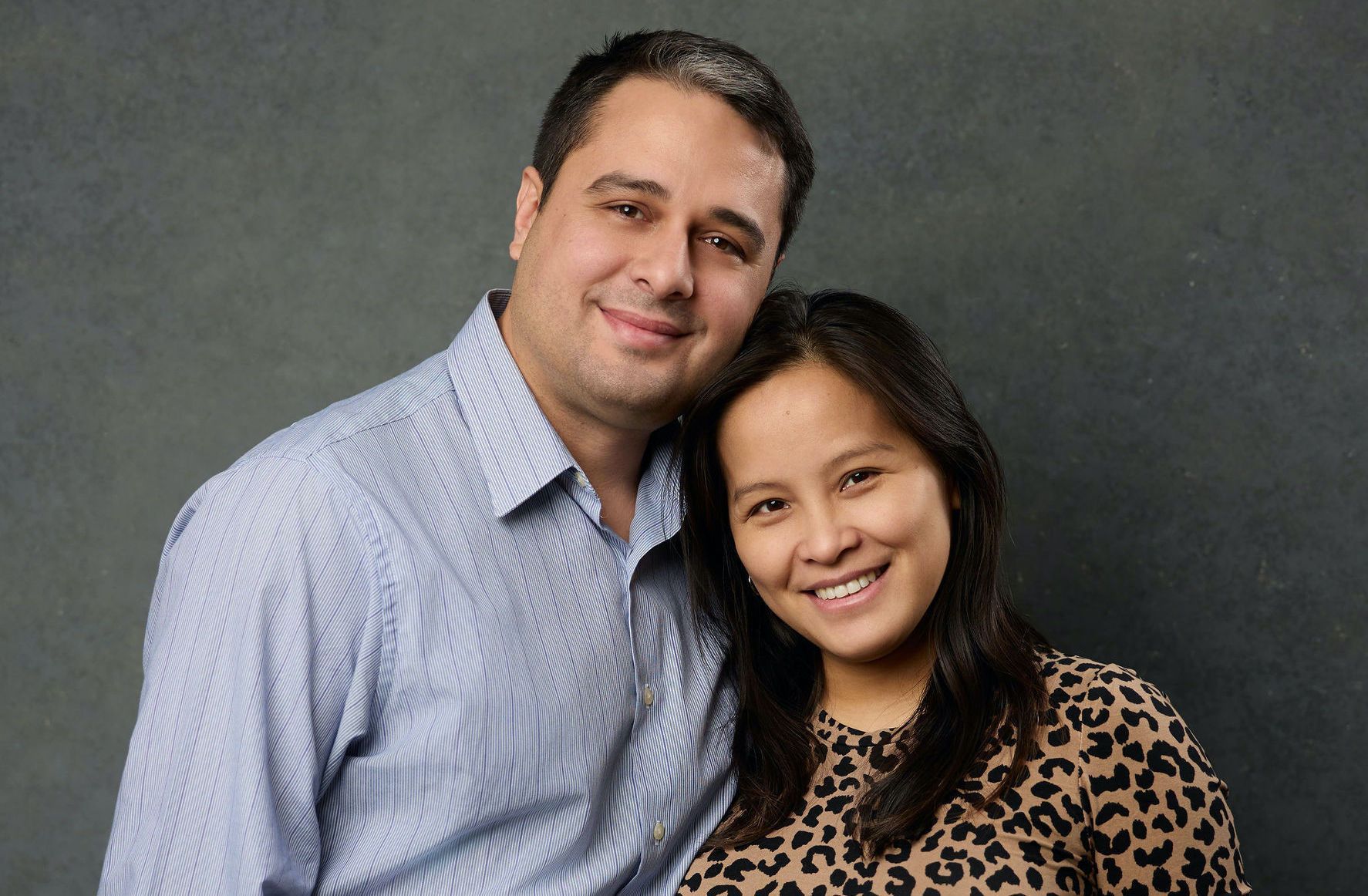Iranian Civil Documents for US Immigration Purposes

This Blog Post will focus on Iranian Documents that are required for US Immigration Purposes. The process to acquire such documents will also be explained as best as possible below.
Please note: Our Law Firm does not assist in acquiring foreign civil documents, rather we provide this information to assist our clients in acquiring their documents, as it may be confusing.
The four (4) Main Iranian Documents are:
- Birth Certificate
- Marriage Certificate
- Divorce Certificate
- Certificate of Non-Conviction (Police Certificate)
Immigrant visas (e.g. K1 Fiance Visa or Spousal Visa) to the United States are processed for citizens and residents of Iran at the following U.S. Embassies (Embassy Instructions are also linked):
- U.S. Embassy Ankara, Turkey: https://travel.state.gov/content/travel/en/us-visas/Supplements/Supplements_by_Post/ANK-Ankara.html
- U.S. Embassy Abu Dhabi, United Arab Emirates: https://travel.state.gov/content/travel/en/us-visas/Supplements/Supplements_by_Post/ABD-Abu-Dhabi.html
- U.S. Embassy Yerevan, Armenia: https://travel.state.gov/content/travel/en/us-visas/Supplements/Supplements_by_Post/YRV-Yerevan.html
The following are drop-down sections to help you more easily navigate and find what you are looking for:
Birth Certificate
Document Name: Shenasnameh (“Birth certificate” or “identity certificate”)
Issuing Authority: National Organization of Civil Registration
Special Seal(s) / Color / Format:
- Booklet – Old versions have a red/burgundy cover, handwritten biodata, and manual signatures and stamps.
- New versions have a brown cover for adults, photo, digital biodata, and stronger security features; and a dark green cover without photo for minor children under 15.
Procedure for Obtaining: Information and instructions are available online at: https://www.sabteahval.ir/en
NOTE:
- The booklet includes the:
- individual’s:
- name and surname;
- place and date of birth;
- gender;
- unique ID number;
- parents’ names and places of birth; date and place of issuance; and
- identifying information of the individual’s spouses and children.
- The first page includes a summary of the certificate holder’s personal information such as place of birth and parents’ first names and birth certificate numbers. The old and new versions differ in their presentation of information related to marriages and children. The old version presents the spouse’s information on the top half of two facing pages, with the children’s information on the bottom half of the same pages. The new version presents the spouse’s information on two facing pages and the children’s information on a subsequent page.
- Both versions include a space for notes, death information, and where the registration office records any changes or corrections to the information in the document, such as a legal name change or a correction to the date or place of birth. The new digital version contains the individual’s national ID number (also found on the right-hand side of the passport biodata page) and a bar code. It is slightly smaller in size than the old version and has covers and quality reminiscent of passports. The paper has watermarks, high printing quality and the photograph – for individuals over age 15 – is printed directly on the document (whereas the old version has a photo affixed and stamped on the main biodata page).
- All pages of the document are required for immigrant visa processing.
Marriage Certificate
Document Name: Sanad-e aghd; Sanad Sanad-e ezdevaj (Marriage Certificate)
Issuing Authority: National Organization of Registration of Documents and Property (Sazman-e Sabt-e Asnad va Amlak-e Keshvar)
Special Seal(s) / Color / Format: Red/burgundy booklet, off-white pages with handwritten data
Issuing Authority Personnel Title: Notary public
Procedure for Obtaining: Marriage and divorce certificates can only be obtained by the current/former parties to the marriage. Both parties’ birth certificates, national ID cards, medical reports, and the bride’s father’s birth certificate are required.
Alternate Documents: Amended identity certificates that indicate an individual’s correct marital status can be obtained. If the original booklet is lost, a handwritten transcript from the registry office may be acceptable (Roonevesht)..
Exceptions: Copies of certificates containing the Bureau’s authentication of the notary’s signature can be obtained if the name and number of the notary registering the marriage or divorce are known. Certificates for marriages and divorces prior to 1921 can be obtained only from ecclesiastical authorities.
Comments: In Tehran, each church of a minority religion has several notaries assigned to it, while there are at least one hundred notaries assigned to record Muslim marriages and divorces. Iran’s Bureau of Affairs Concerning Documents maintains a record of the location, name, number, specimen of signature, and seal of each notary who is expected periodically to advise the Bureau of the number of marriages and divorces that have been registered.
Temporary marriages (sigheh or ezdevaj-e movaghat) are religious marriages that are entered into for a specific period of time. These marriages are performed by ecclesiastical authorities and are not registered with the government. Temporary marriages cannot be used to confer immigration benefits and do not substantiate eligibility for either marriage-based immigrant visa classes or for derivative status of any visa class. Since a temporary marriage would not be valid for immigration purposes, the applicant should be processed for visa purposes as though unmarried. This means a temporary marriage would not disqualify an alien from a K-1 fiancé (e) visa and would not be considered a marriage for determining whether an alien meets the definition of child (under 21 and unmarried). It is important to inquire about temporary marriages when processing adoption cases from Iran, as posts frequently see children born of temporary marriages. While Iranian law considers them to be legitimate children, issues could arise concerning parental consent.
Iran does not recognize the Bahai’i faith as a minority religion, thus the documentation of such marriages differs from Islamic marriages or marriages of other religious minorities. Marriage between two Baha’is is registered in two documents. The first is an ecclesiastical marriage certificate issued by the local spiritual assembly – a booklet with the signatures of the couple, the person officiating the ceremony, and nine witnesses. The second is a one-page document issued by the Department of National Registration and Statistics stating that the couple appeared before one of its officials and provided an oath stating that they are a married couple. Baha’i marriages should be evidenced with both documents, as well as the registration of the union in both parties’ shenasnameh documents. However, when a Baha’i marries a person from any other religion, the identity documents may not indicate the marriage.
Divorce Certificate
Document Name: Sanad-e Talagh (Divorce Certificate)
Issuing Authority: National Organization of Registration of Documents and Property (Sazman-e Sabt-e Asnad va Amlak-e Keshvar).
Special Seal(s) / Color / Format: White booklet with handwritten data
Issuing Authority Personnel Title: There is no issuing authority personnel title.
Registration Criteria: Divorce is permitted on various grounds, including: mental illness; disabilities interfering with conjugal relations; husband’s inability or unwillingness to provide financial support; husband’s bad behavior; husband’s incurable disease constituting risk to the wife; husband’s desertion; husband’s conviction for a dishonorable crime; husband’s infertility or contraction of a sexually transmitted disease; polygamy without consent; and other circumstances where continuation of marriage constitutes proven difficulty or hardship for wife.
Procedure for Obtaining: Apply at local registration office. Two witnesses are required.
Alternate Documents: Divorces are recorded in the older version of birth certificates (shenasnameh), but duplicate birth certificates may not include this information. If the original booklet is lost, a handwritten transcript from the registry office may be acceptable.
Certificate of Non-Conviction (Police Certificate)
Comments: Available but unreliable. Police records are not required for immigrant visa applicants because posts cannot verify them. Clean record certificates can be obtained in Iran or from Iranian Embassies and Consulates, and the physical appearance of the certificate changes significantly depending on which authority issued it.
Have a Quick Question? Send us a Quick Message!
If you require assistance with the Spousal or Fiance Visa process, please consider contacting our office to set up a consultation with our Immigration Attorney.
Disclaimer: This Blog is made available by the lawyer or law firm publisher for educational purposes only as well as to give you general information and a general understanding of the law, not to provide specific legal advice. By using this blog site you understand that there is no attorney-client relationship between you and the Blog/Web Site publisher. The Blog should not be used as a substitute for competent legal advice from a licensed professional attorney in your state.
The post Iranian Civil Documents for US Immigration Purposes appeared first on Fickey Martinez Law Firm.












